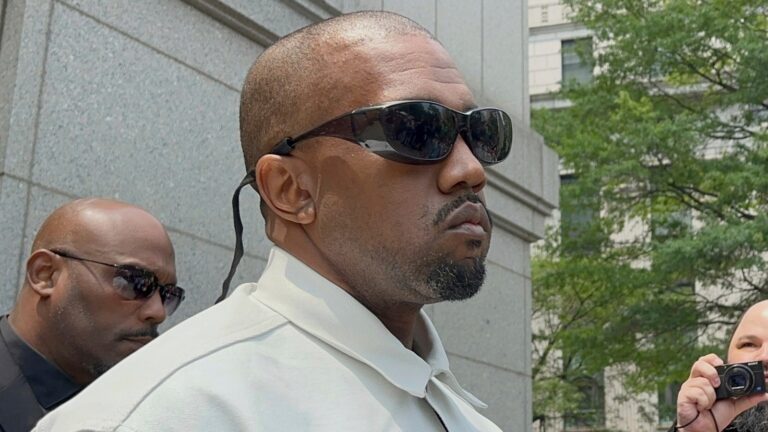Paul Thomas Anderson’s ‘One Battle After Another’ Redefines Cinema

Paul Thomas Anderson’s ‘One Battle After Another’ brings revolution to the (very) big screen
LOS ANGELES — Paul Thomas Anderson dedicated nearly 20 years to crafting “One Battle After Another,” and it has never felt more significant than now.
The film, an epic action thriller inspired by Thomas Pynchon’s “Vineland,” is set to hit theaters on Friday. With a lengthy runtime of 2 hours and 50 minutes, “One Battle After Another” draws viewers into its politically charged atmosphere from the outset.
The film boldly places revolution at its core. Teyana Taylor, one of the stars, highlights that Anderson’s work challenges audiences. He does not aim to make them comfortable but rather confronts pressing themes surrounding immigration, racism, and systemic corruption in strikingly absurd ways.
“I feel like PTA calls out a lot of things that are trying to get swept under the rug,” Taylor mentioned, referring to Anderson by his nickname. “This is really waking, shaking and baking some stuff. Like, you gotta shake the table.”
Taylor plays Perfidia Beverly Hills, a member of the Weather Underground-inspired French 75 revolutionary group. The film opens with the group taking bold, decisive actions—liberating undocumented individuals and dismantling corrupt political establishments. This ensemble features several musicians-turned-actors, including Dijon Duenas, Alana Haim, and Shayna McHayle, alongside notable actors like Regina Hall and Wood Harris.
Leonardo DiCaprio, another star, notes, “This movie draws from the revolutionaries and anarchists of the late ’60s, particularly those fighting for civil rights, environmental causes, and against capitalism.” He portrays Bob Ferguson, aka Ghetto Pat, whose expertise in explosives and devotion to Perfidia fuels their revolutionary efforts until they face opposition from the racist Col. Steven Lockjaw.
DiCaprio has stated that the film reflects contemporary society’s challenges: “The story highlights a systematic breakdown that can occur when actions lack grace and integrity. Paul tackles extremism on both sides of the spectrum, illustrating a failure in communication.”
As the film progresses 16 years into the future, the narrative shifts. Perfidia goes missing, and DiCaprio’s character adopts a new identity as a paranoid father in a sanctuary city, living with his teenage daughter, Willa. Their mundane existence is abruptly interrupted when Lockjaw resurfaces, prompting a desperate flight.
“There were moments when I doubted if I could perform, but my incredible scene partners and support system assured me I was capable,” reflected Infiniti.
“One Battle After Another” is Anderson’s most ambitious project to date, shot entirely in VistaVision—a classical film format enjoying a resurgence thanks to contemporary films.
Benicio del Toro, who features as Sensei Sergio St. Carlos, emphasized the significance of combining improvised scenes with DiCaprio and utilizing an antique format, which demanded trust among the cast and crew. His character, deeply involved with a migrant refuge, aims to convey compassion irrespective of politics.
“I wouldn’t claim that movies can change people, but they might open doors to deeper discussions,” del Toro stated.
DiCaprio describes playing Bob Ferguson as an opportunity to engage in freedom of expression, shedding light on various aspects of humanity. “I seek out thought-provoking films that reflect who we are as a society,” he shared. “The core of this project is about finding our humanity in a divided world.”
For Taylor, the script’s age demonstrates how American history continues to echo itself. “It didn’t require updates because it remains profoundly relevant. It’s time to awaken and engage in the discussions that matter,” she concluded.
What aspects of Paul Thomas Anderson’s film resonate with you?




